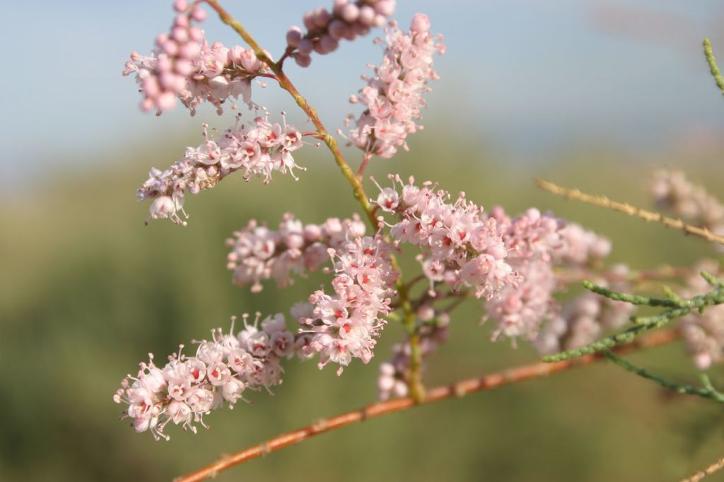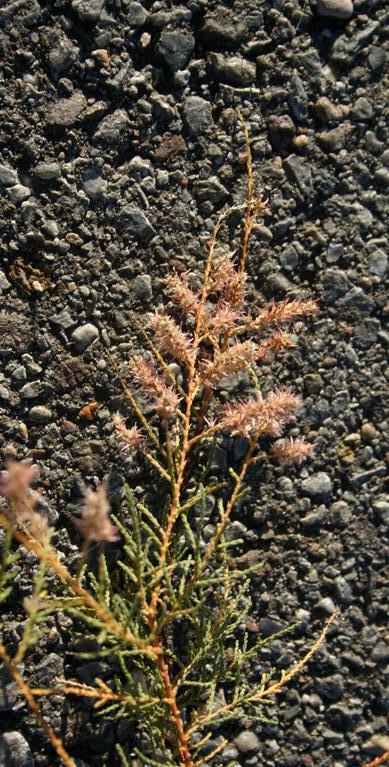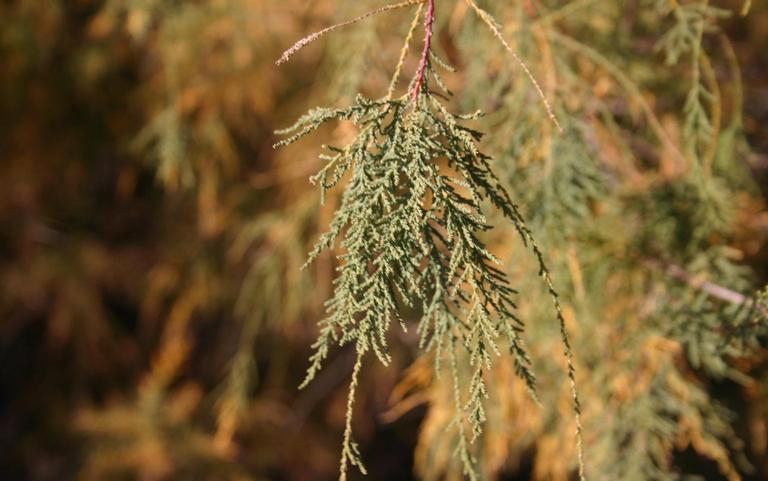Salt cedar Plant
Salt cedar (Tamarix spp.) is a shrub/tree that grows 10-20 ft tall, hardy in USDA Zones 4-11, prefers well-drained, saline soil, full sun, low to medium moisture, not edible, and not medicinal.

Habit
Shrub/tree
Height
2-10 m
Growth
Fast
Soil
Saline, sandy loam
Shade
Full Sun
Moisture
Low to medium
Edible
No
Medicinal
No
Origin
Asia, Europe
Climatic Condition
Arid, Semi-arid
Temperature (°)
10-40°C
Humidity (%)
30-60%
Potting media
Field soil
Fertilizers
Minimal
Watering
Low
Plant Weight
1-5 kg
Flowering Time
Seasonal
Soil Ph level
6.0 - 8.5
Water Ph level
6.0 - 8.5
Soil EC
1-2 dS/m
Yield Per Plant
Ornamental
NPK ratio
10:05:05
life Span
Perennial
Health Benefits
Soil erosion control, ornamental
Suggested Grow Media or Potting Mix ?
50% loam, 25% compost, 25% sand
Suggested Fertigation/Fertilizers
Fertilize every 6 weeks with a balanced fertilizer.
Common Diseases and Remedies
Root Rot, Leaf Spot, Powdery Mildew, Rust, Anthracnose
Wilting, yellowing leaves, root decay, Brown spots on leaves, White powdery coating on leaves, Orange pustules on leaves, Dark, sunken lesions on stems/leaves
Improve drainage, apply compost tea, Remove affected leaves, use neem oil, Apply sulfur or potassium bicarbonate, Increase air circulation, use compost tea, Prune affected areas, use neem oil
Fungicide application, Copper-based fungicide, Systemic fungicides like myclobutanil, Fungicides containing chlorothalonil, Fungicides with azoxystrobin
HEALTH BENEFITS
1. Used in traditional medicine for skin issues and inflammation.
2. Limited medicinal studies available.

